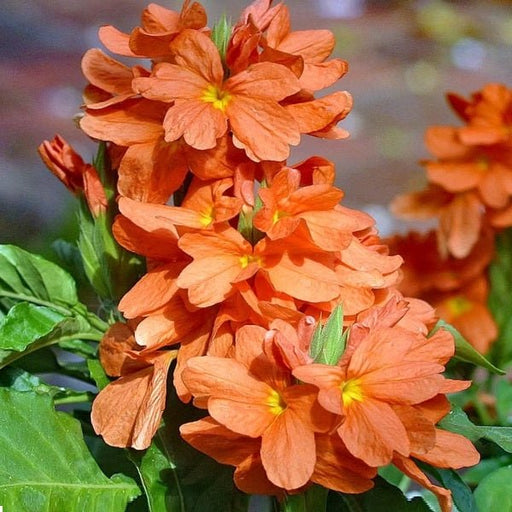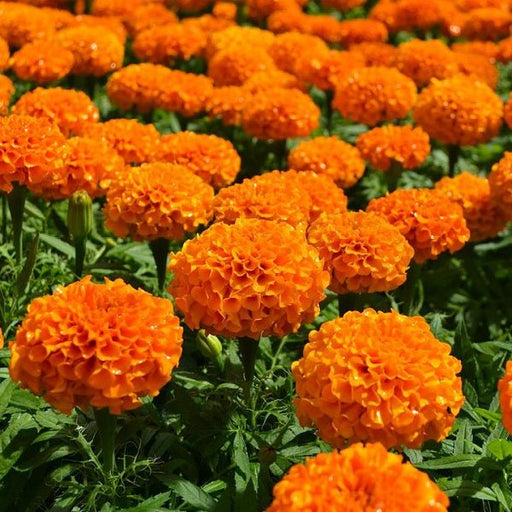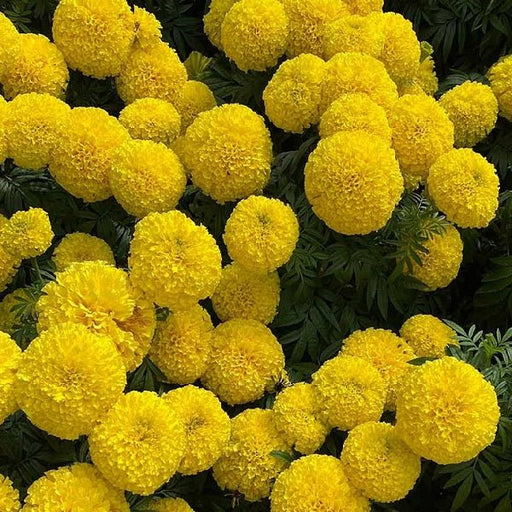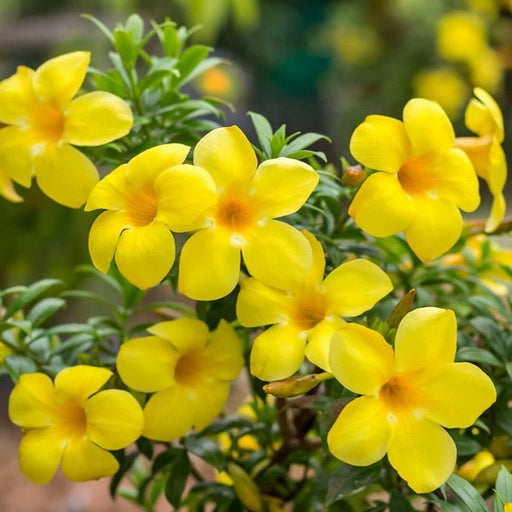History:
The Madhumalti Dwarf, or Rangoon Creeper, has a rich history that dates back to Southeast Asia. Its name, "Rangoon Creeper," pays homage to its place of origin, Rangoon, Burma. It has been cherished for generations for its alluring fragrance and stunning flowers that change colors as they mature.
Grow Instructions:
Plant your Madhumalti Dwarf in well-draining soil in a sunny or partially shaded location. Water it regularly, keeping the soil evenly moist. Pruning is essential to encourage bushy growth and profuse flowering. This compact variety is perfect for smaller spaces and can even thrive in containers.
Care Instructions:
Taking care of the Madhumalti Dwarf is a breeze. Provide it with a balanced fertilizer during the growing season, and protect it from harsh winter conditions in colder regions. Pests and diseases are rarely a problem, making it a low-maintenance addition to your garden.
Uses:
Medicinal: In traditional medicine, various parts of the Madhumalti Dwarf are used for their medicinal properties, such as treating skin conditions and digestive disorders.
Culinary: While not commonly used in cooking, the flowers can be edible and add a unique flavor to salads or desserts.
Ornamental: The Madhumalti Dwarf is primarily grown for its stunning visual appeal. The flowers, which change from white to pink to red, emit a sweet fragrance that will enchant your senses and attract pollinators.














